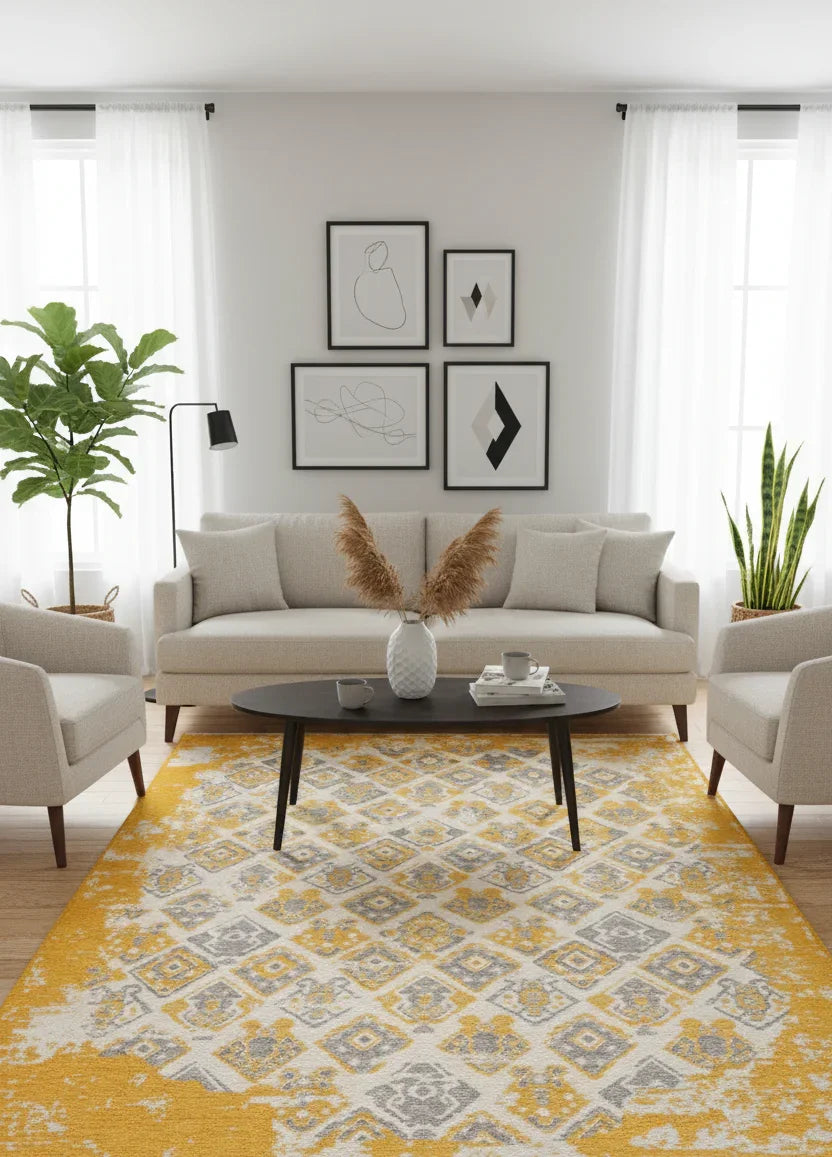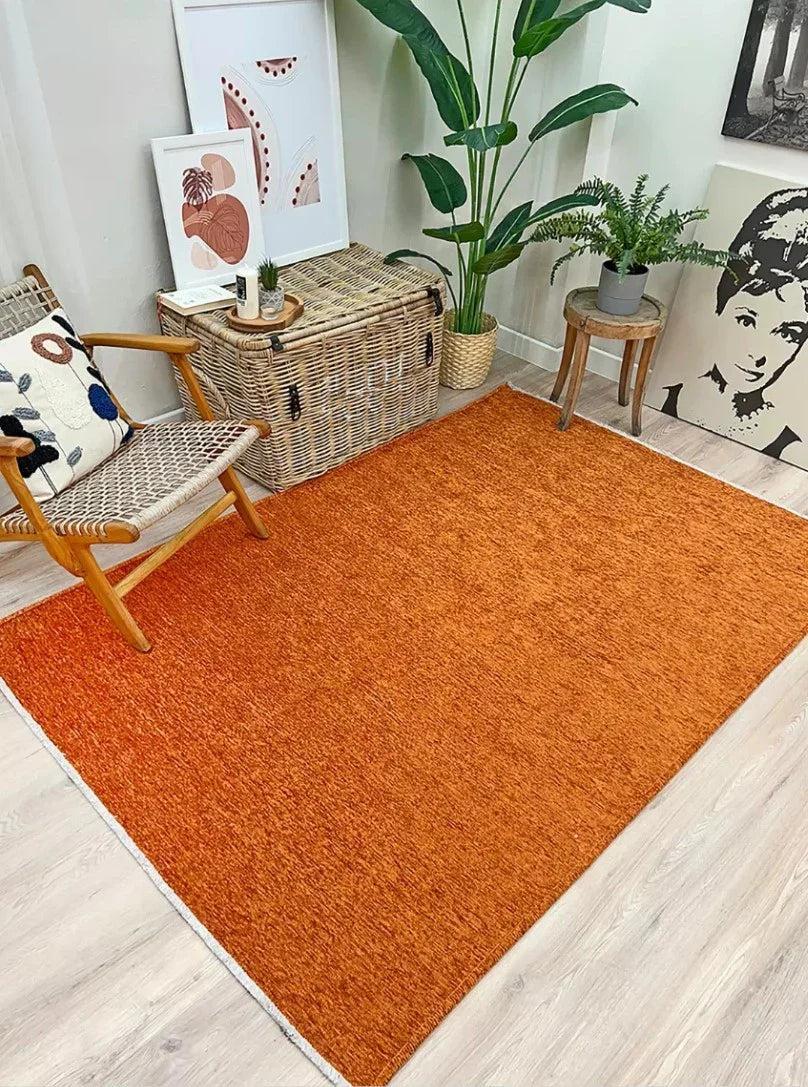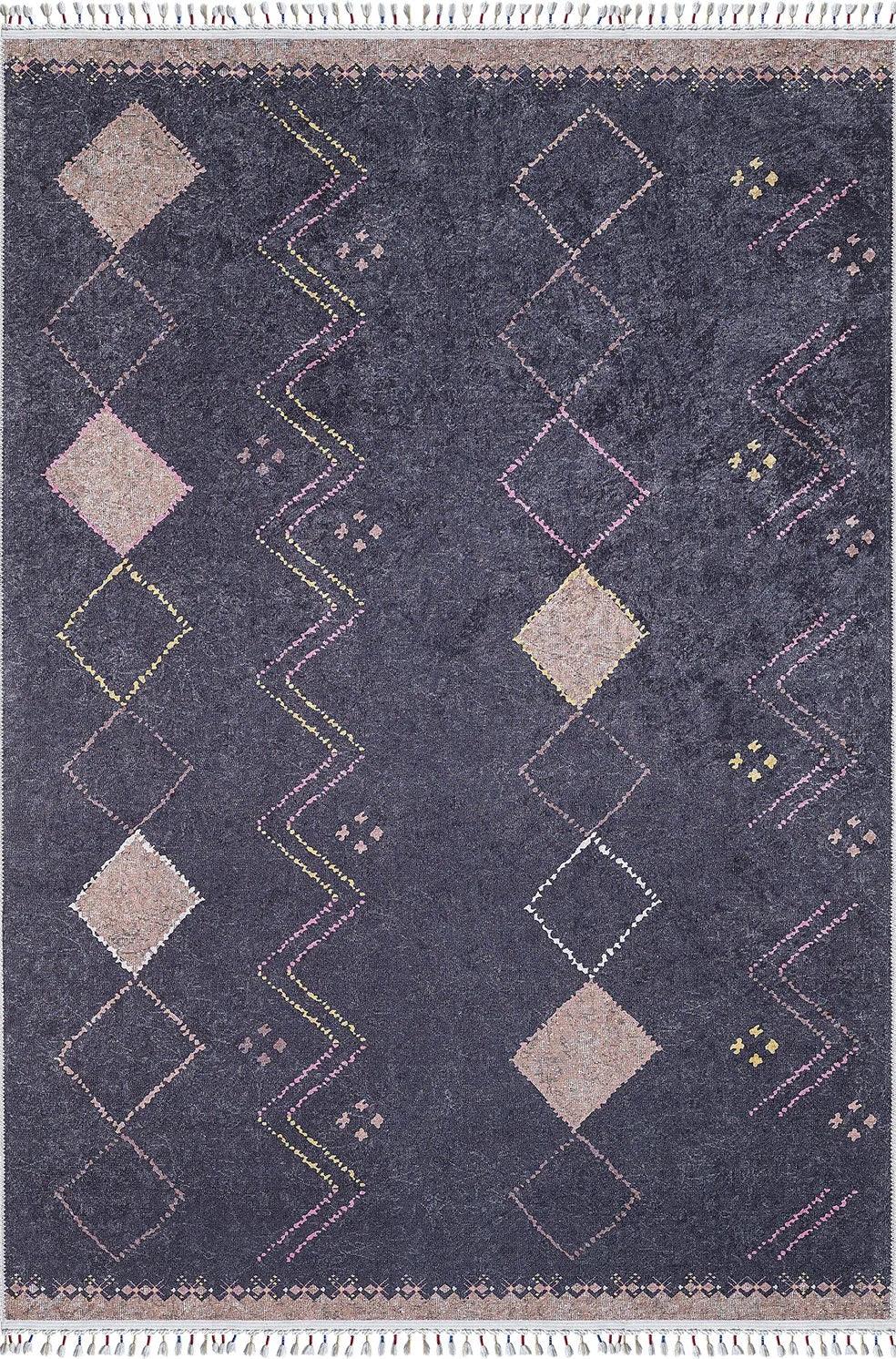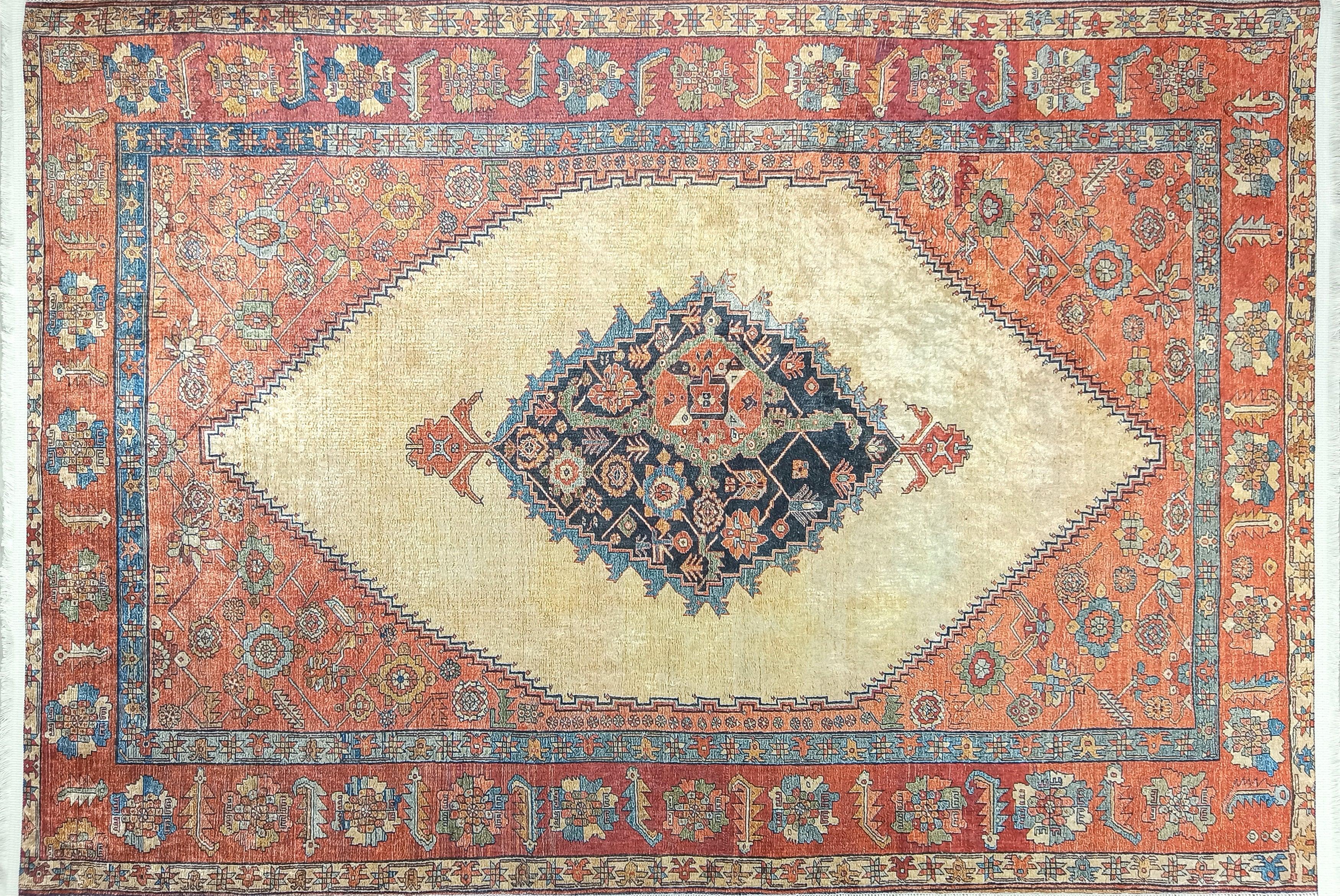The Oldest Carpet in History: The Pazyryk Carpet
The origins of the art of carpet weaving date back thousands of years.
However, the oldest carpet example that has survived to this day is known as the Pazyryk Carpet .
This unique work is a living witness not only to the art of weaving but also to our culture, craft and history.
The Pazyryk Carpet is considered the first example of carpet created by humankind.
It is not just a ground cover, but a cultural heritage that reflects the understanding of life, aesthetic sense and social identity of the period.

Where Was the Pazyryk Carpet Found?
It was discovered in 1949 by Russian archaeologist Sergei Rudenko during excavations at the Pazyryk Kurgan in the Altai Mountains.
The carpet was discovered perfectly preserved in the permafrost in a burial chamber.
This natural protection has enabled the carpet to survive to the present day despite its approximately 2400-year history.
Today, the Pazyryk Carpet is exhibited in the Russian State Hermitage Museum (St. Petersburg).
It still continues to fascinate its visitors with its colors and textures.
Features of the Pazyryk Carpet
-
Dimensions: 183 x 200 cm
-
Knot Frequency: Approximately 3600 knots/dm² (considered a sign of mastery even today)
-
Material: Wool
-
Colors: Red, golden yellow, brown and blue tones
The carpet has an extremely regular pattern composition.
There are geometric motifs in the middle part, and on the side borders there are figures of mounted warriors, deers and mythological animals like griffins .
These figures provide important clues about the social life of the period, the connection with nature, and the belief system.
The Cultural Significance of the Pazyryk Carpet
The Pazyryk Carpet is not only the oldest carpet in the world, but is also considered the first known example of Turkish weaving art .
Its patterns and technical features bear great resemblance to the carpet tradition seen in Central Asian Turkish culture.
The symmetrical (Turkish) knot technique used in the carpet forms the basis of Turkish carpet weaving.
This technique has led to the development of carpet weaving in Anatolia, Iran and Central Asia for centuries.
In this respect, the Pazyryk Carpet is not only a work of art, but also valuable as the first trace of weaving that Turkish culture left to world art.
The Pazyryk Carpet and Its Meaning
The figures on the carpet carry not only aesthetic but also symbolic meanings.
Mounted warriors symbolize power, deers symbolize nature and abundance, and geometric patterns symbolize order.
In colors, red represents life energy, yellow represents wisdom, and blue represents the sky and freedom.
Therefore, the Pazyryk Carpet is not just an archaeological find;
It is a thousands of years old story that reflects humanity's bond with nature, art and faith.
Inspiration from the Pazyryk Carpet to Our Day
The Pazyryk Carpet continues to inspire many artists, designers and carpet makers today.
Some patterns used in modern carpet designs have been reinterpreted, inspired by this ancient work.
As Pera Halı , we combine traditional motifs with modern aesthetics.
We continue to keep the spirit of this historical heritage alive.
The Pazyryk Carpet is not only the oldest carpet in the world;
It is also a symbol of human labor, art and culture dating back thousands of years.
Patience is hidden in every knot, and meaning is hidden in every motif.
This work, which has survived from the depths of history to the present day, once again shows how deep-rooted a heritage the art of carpeting is.
























